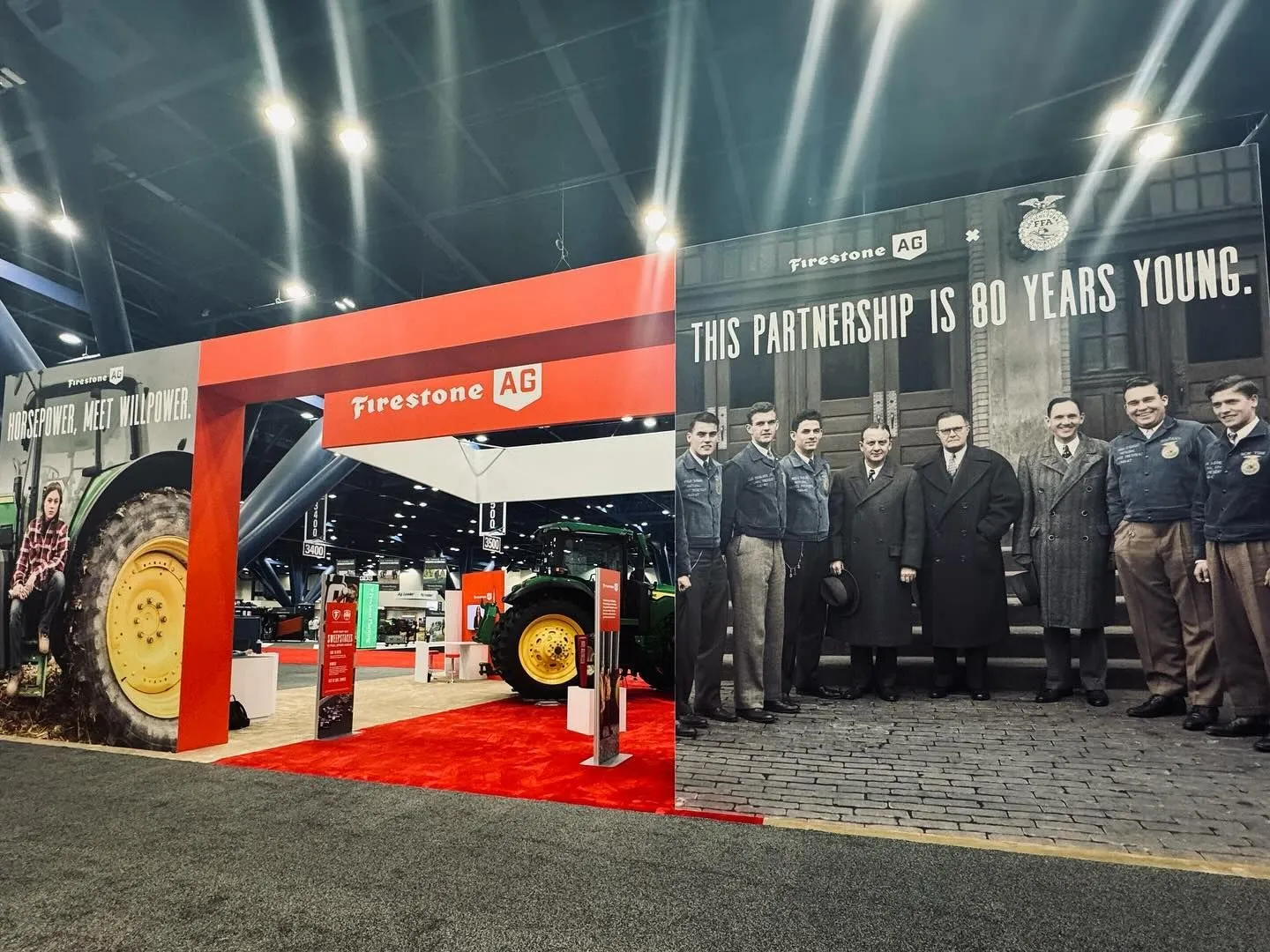Maximizing your resources in today’s trade show landscape
In the dynamic world of experiential marketing, trade shows remain a cornerstone for brand visibility and lead generation. At NPARALLEL + Atomic Props, our extensive experience executing thousands of successful trade shows has given us unique insights into evolving industry trends.
Two significant challenges we’ve observed are escalating costs and compressed execution timelines. To navigate these challenges effectively, strategic planning, realistic timelines, and careful budgeting are essential—and we’re here to help you master these elements.
The Importance of a Timeline
“If you fail to plan, you are planning to fail,” as Benjamin Franklin wisely noted. This principle is particularly relevant for companies participating in trade shows that could significantly impact their business trajectory. Without a well-structured timeline, organizations often rush into last-minute decisions—a pattern that typically leads to increased costs and diminished brand impact. When time constraints tighten, there’s rarely an opportunity to explore the strategic “why” behind tactical decisions.
A comprehensive timeline ensures you optimize resources and avoid unnecessary expenses. We’ve noticed trade show timelines increasingly compressing, forcing companies to expedite every phase from design and engineering to fabrication and execution—often at premium costs.
Creating a Timeline
We partner with our clients to create schedules and timelines well in advance of events, allowing room for unforeseen issues and ensuring enough margin for smooth execution. Our recommendation? Begin your timeline a full year before the event, starting with clear S.M.A.R.T. goals (Specific, Measurable, Attainable, Realistic, Timely). By setting clear objectives upfront, companies are better prepared to make informed decisions when the time comes.
Creating a Budget
Budgeting for a trade show requires careful consideration, and like timelines, budgets should be created at least a year in advance. Costs can fluctuate—especially if a show relocates—so early preparation is key to avoiding financial surprises.
One area companies often overlook is drayage—the cost of transporting exhibits. Understanding drayage and accounting for it in your budget can help eliminate unnecessary overhead and reduce trade show costs.
Drayage: What You Need to Know
Drayage refers to the transportation and handling of exhibit materials, which can involve moving hundreds of thousands of pounds of freight to and from the event. Properly understanding what drayage entails can help your company cut costs and manage logistics more effectively.
Labor Costs
Labor is a significant component of drayage. Every step—from material handling to checking shipments—requires manpower. Labor costs vary depending on where materials are shipped. Research shows that shipping directly to the show site can lower costs compared to shipping to an advance warehouse.
Shipping Costs
The heavier your materials, the higher the cost. Additionally, the type of packaging used can impact costs, as some materials are easier to handle and lighter than others. Transportation carriers also matter: specialized carriers tend to be more expensive than standard carriers.
Custom Trade Show Solutions for Every Need
Whether you’re considering a custom trade show exhibit that makes a bold statement or exploring trade show booth rentals that offer flexibility and cost savings, proper planning remains essential. Our custom solutions can accommodate various budgets while maintaining the high-quality experience your brand deserves.
